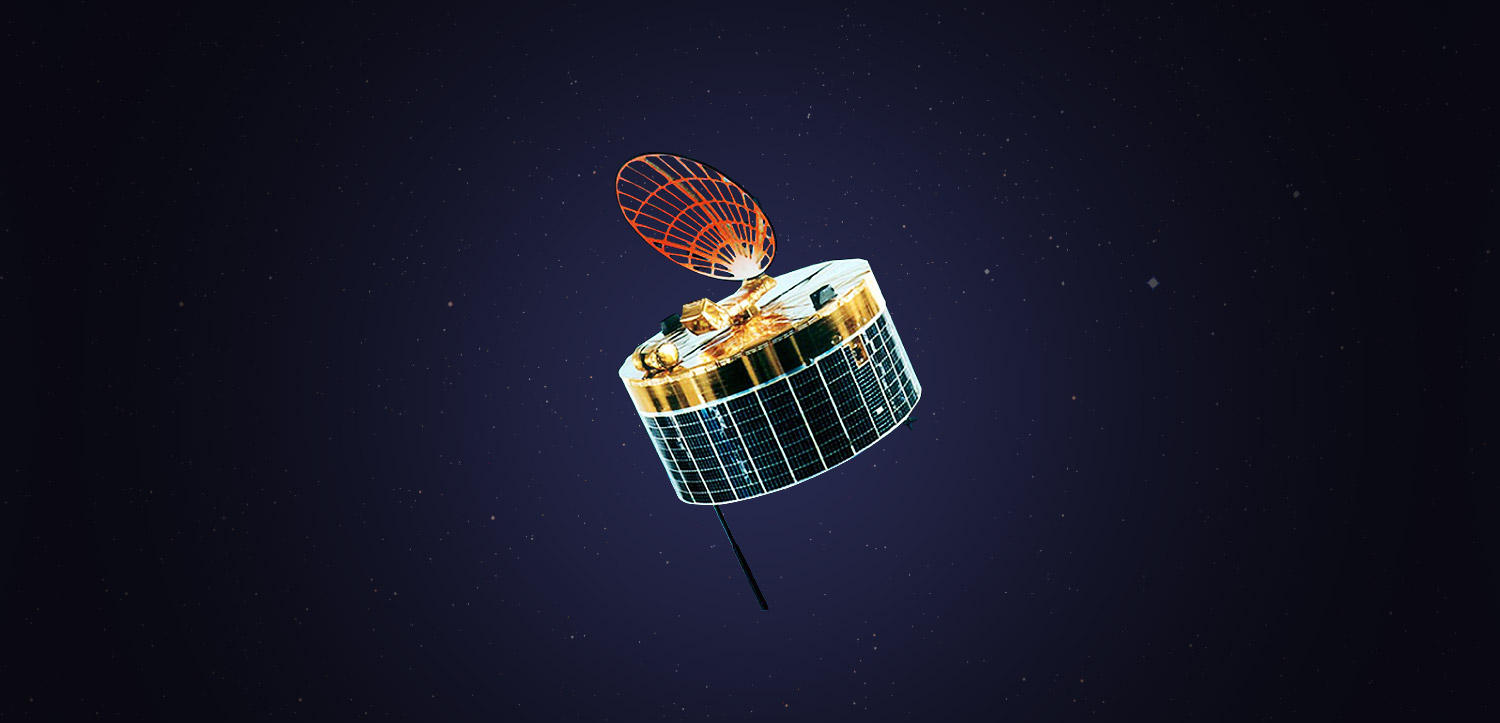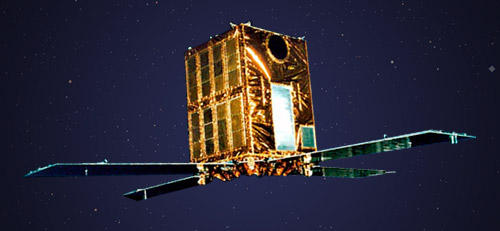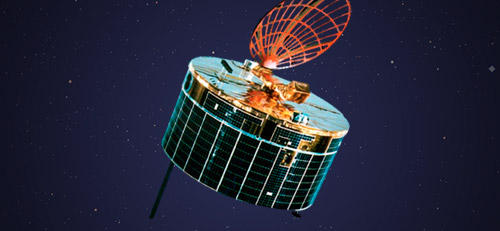| Name (pre-launch in parentheses) | SUISEI (PLANET-A) |
|---|---|
| International Designation code | 1985-073A |
| Objectives | Observation of Halley's comet on its approach after 76 years |
| Launch Date | 08:33, August 19, 1985 (JST) |
| Launch Location | Kagoshima Space Center (Uchinoura) |
| Launch Vehicle | M-3SII-2 |
| Weight | 140kg |
| Shape | Cylinder, 1.4m in diameter and 70cm high Equipped with an 80cm-diameter elliptical high-gain antenna on top of the body |
| Type of orbit | Heliocentric |
| Period | Approx. 282 days |
| Scientific Instruments | Ultra-Violet Imager (UVI) Solar wind observation instrument (ESP) |
| Operation | At 14:45 on the launch day, the main responsibility for spacecraft control was relayed from Komaba to Usuda station. For the next 40 days operations included: ranging, automatic sun acquisition, spin control, orbital determination, attitude determination, check and calibration of thrusters, near-quasi normal orbit to ecliptic plane, spin adjustment, check of despun control, check of observational instruments (UVI/ESP), and switch on of high-voltage power. On November 14, orbital adjustment was made aiming at Halley's comet and, on March 8, 1986, SUISEI approached 151,000 km in the side of the Sun away from the comet. After that, SUISEI continued observations of solar wind but, on February 22, 1991, the hydrazine fuel required for orbital change ran out. On August 20, 1992, the final earth swing-by was conducted, completing the mission |
| Results | As part of the international cooperation program on the exploration of Halley's comet, which had returned after 76 years, SUISEI conducted observations of the comet jointly with VEGAs (former USSR), GIOTTO (Europe) and ICE (U.S.A.). A number of results were acquired including: measurement of rotation period of Halley's comet by ultraviolet imaging; measurement of variations in water-discharge rate; and observation of the scene where ions originating from the comet were captured by the earth magnetosphere. The fleet of six Halley's comet explorers was called the Halley Armada. |



